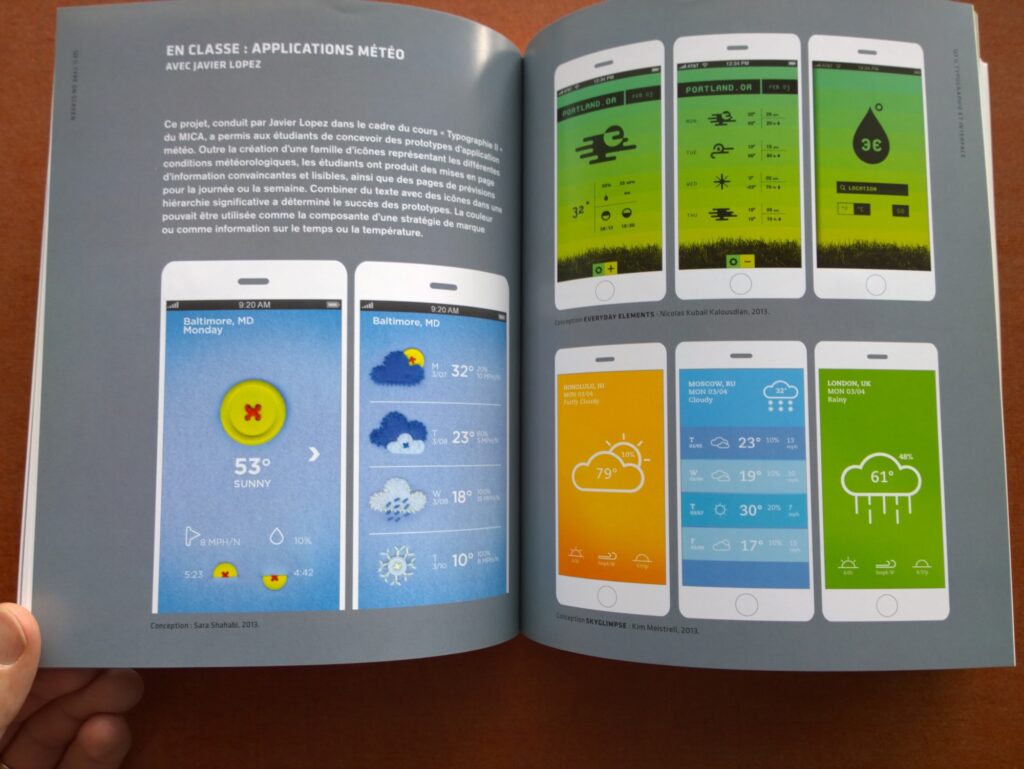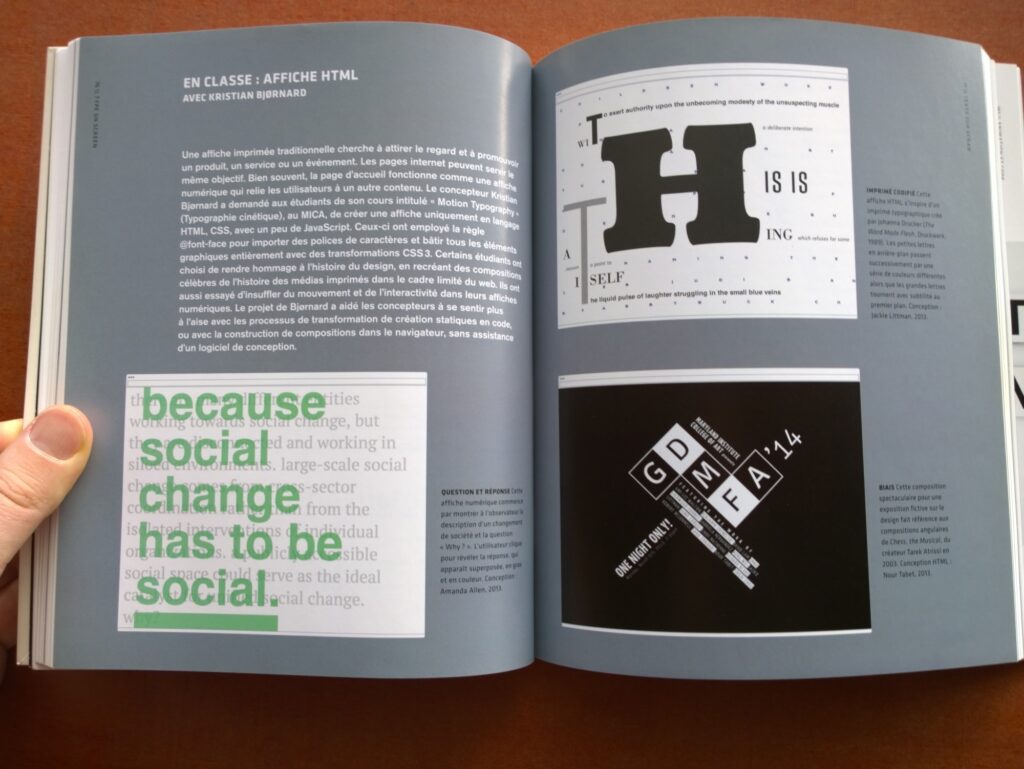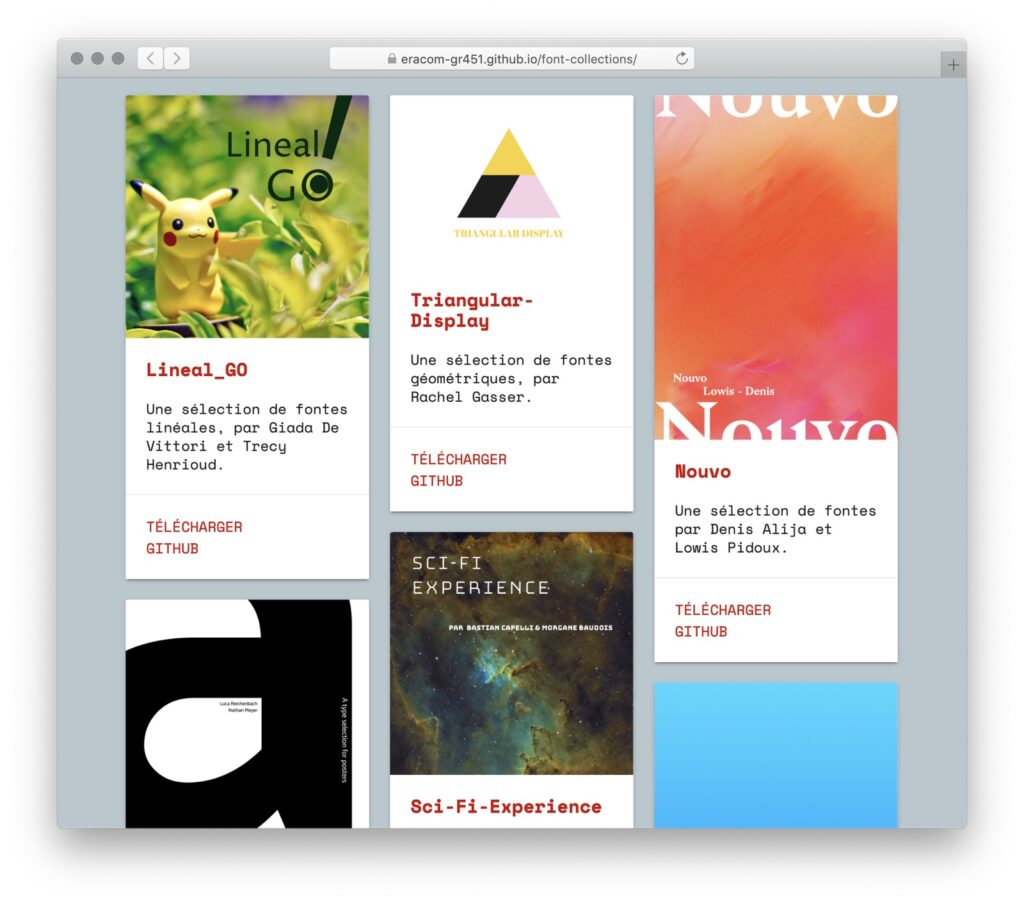The participants will collectively create a continuous 24-hour video recording. This recording will be a “time capsule” documenting a day and night in their chosen surrounding (city). The video should ideally never cut. It should be a nearly continuous stream. The participants will have to:
- Form small groups that are in charge of a certain time segment of the 24 hours.
- Organise the logistics for transport, food, sleep, electricity, charging batteries.
- Plan events, encounters, visits, discussions, micro-performances… for their segment.
Background: the idea for this brief comes from an audio project I did in 2002, when I produced a 24-hour audio recording, using two minidisk recorders. Nearly 20 years later, such a project can be done in video!
Equipment: the best currently available technology for immersive video recording should be used. In 2020, this is probably “360 degree video”. An interesting option would be the Insta360 One X, a standalone 360 camera, selling for $400 USD. The storage capacity needed, if filming at 4K@30fps resolution, according to camera specs, would be 615 GB – that’s 3 x 256GB SD cards, selling currently for ca $75 (for example SanDisk 256GB Extreme PRO).



